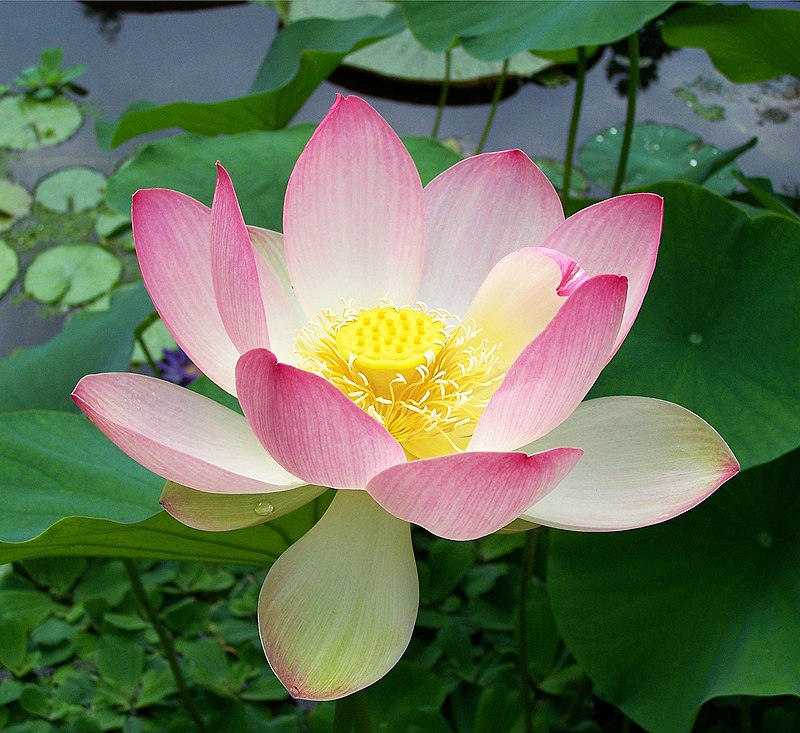Toru Dutt (1856-1877) was an Indian poet who was born in Calcutta, India. She was the daughter of a Bengali father and an English mother. Dutt was educated in both English and Bengali, and she was fluent in both languages. She began writing poetry at a young age, and her work was published in both English and Bengali journals.
Dutt's poetry is often concerned with Indian culture and tradition. She was a keen student of Indian mythology and history, and she often drew inspiration from these sources in her poetry. Dutt's poetry is also notable for its use of imagery and symbolism. She was a master of using language to create vivid pictures and to convey complex ideas.
POEM:
Love came to Flora asking for a flower
That would of flowers be undisputed queen,
The lily and the rose, long, long had been
Rivals for that high honour. Bards of power
Had sung their claims. “The rose can never tower
Like the pale lily with her Juno mien”-
“But is the lily lovelier?” Thus between
Flower-factions rang the strife in Psyche’s bower.
“Give me a flower delicious as the rose
And stately as the lily in her pride”-
“But of what colour?”- “Rose-red,” Love first chose,
Then prayed, -“No, lily-white,-or, both provide”;
And Flora gave the lotus, “rose-red” dyed,
And “lily-white,”- the queenliest flower that blows.
Summary and analysis of "The Lotus"
The poem "The Lotus" is a sonnet that tells the story of how the lotus came to be. The poem begins with a description of the rivalry between the rose and the lily, two of the most beautiful flowers in the world. Both flowers are praised by poets and minstrels, but they cannot agree on which one is the most beautiful.
Love, the god of love, is tired of the dispute between the rose and the lily. He goes to Flora, the goddess of flowers, and asks her to create a new flower that will be the undisputed queen of flowers. Flora agrees, and she creates the lotus.
The lotus is a beautiful flower that combines the best qualities of the rose and the lily. It is as red as the rose, but it is also as white as the lily. It is also fragrant and stately.
The lotus is a symbol of beauty, purity, and enlightenment. It is a flower that grows in muddy water, but it rises above the water to bloom in the sunlight. This symbolizes the ability of the human spirit to rise above the impurities of the world and achieve enlightenment.
The poem "The Lotus" is a celebration of Indian culture. The lotus is a sacred flower in Hinduism, and it is often associated with the goddess Lakshmi. The poem's use of the lotus as a symbol of beauty and purity reflects Dutt's own Indian heritage.
The poem is also a statement of Dutt's belief in the power of love. Love is the force that created the lotus, and it is the force that can unite people from different cultures. The poem's message of love and unity is as relevant today as it was when it was written over a century ago.
Here is a quotation from the poem that captures the poem's message of love and unity:
"And Flora gave the lotus, rose-red dyed,
And lily-white,--the queenliest flower that blows."
This quotation shows how the lotus is a symbol of love and unity. It is a flower that is born of both the rose and the lily, two flowers that are often seen as rivals. The lotus's beauty and purity show that love can overcome even the most bitter rivalries.
Conclusion
"The Lotus" is a beautiful and thought-provoking poem that celebrates Indian culture and the power of love. The poem's use of imagery, symbolism, and language creates a rich and complex meaning that is still relevant today.


No comments:
Post a Comment